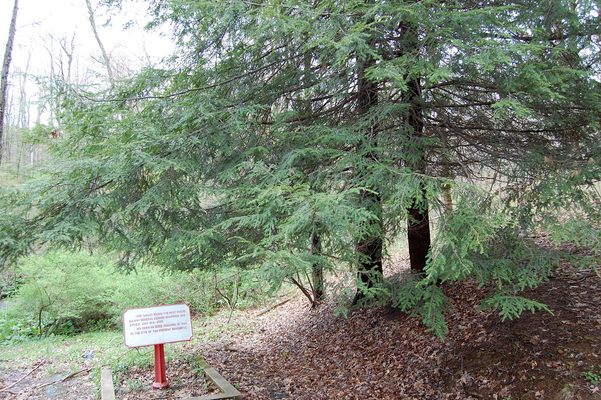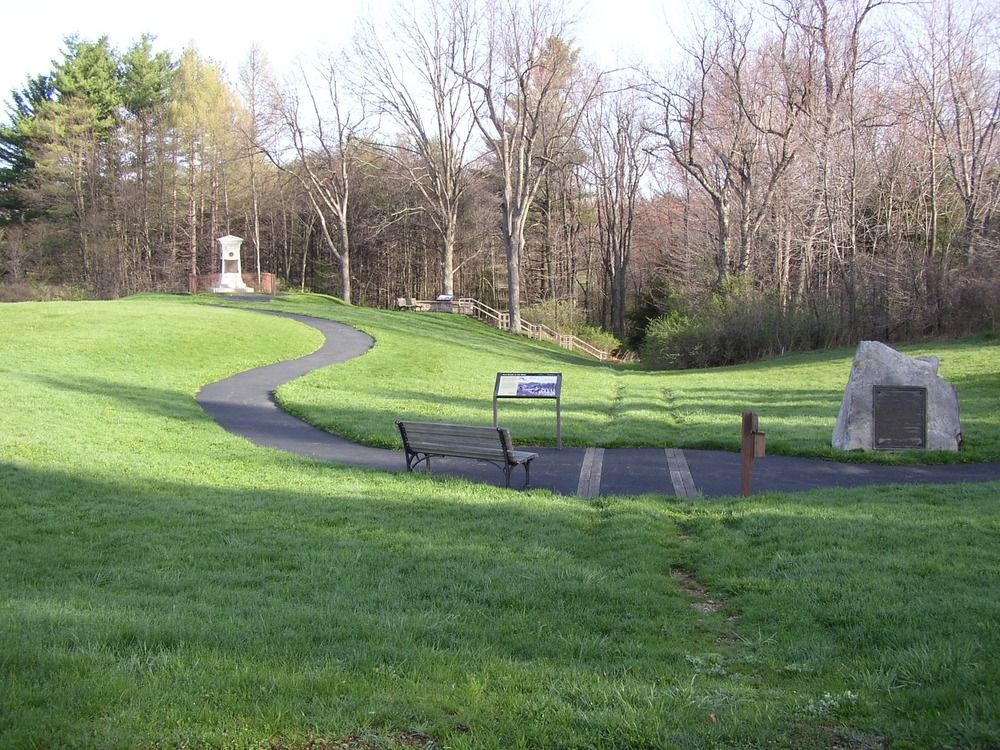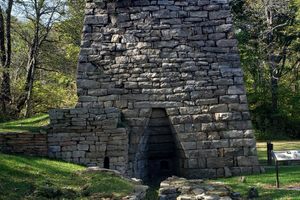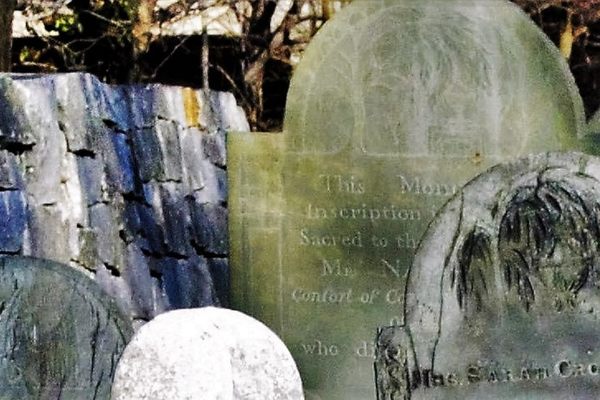About
In 1804, workers repairing a stretch of the old Braddock Road uncovered human remains buried in the roadbed. The discovery was at Great Meadows near what is now Farmington, Pennsylvania. Among the remains, they found buttons from the uniform of a high-ranking British military officer, which helped to identify the body as that of Major General Edward Braddock. The burial site was near the location where Braddock reportedly died from wounds suffered during the Battle of the Monongahela.
In February 1755, Braddock arrived in Hampton, Virginia, as Commander-In-Chief of British Forces in the American Colonies and was appointed to command against the French in the French-Indian War. He would lead an expedition force of about 2,400 men against the French stronghold of Fort Duquesne near modern-day Pittsburgh. Included in Braddock's army were young wagoners and future frontiersmen, Daniel Boone and Daniel Morgan. A 22-year-old Colonel George Washington served as the General's aide-de-camp.
On July 9, 1755, Braddock was shot off his horse and mortally wounded when his expeditionary force had an unplanned engagement with heavily outnumbered French and Indian troops a day after crossing the Monongahela River. The surprise skirmish was a humiliating rout for the British army, and the engagement is sometimes called "Braddock's Defeat." The General was carried off the battlefield and taken with the retreating British army back to Great Meadows. He succumbed there to his injuries on July 13, 1755.
Washington ordered that Braddock be buried in the middle of the road that the army had built as they advanced towards Fort Duquesne. He officiated at the graveside service. After the burial, Washington ordered troops and wagons to trample repeatedly over the grave to disguise it and protect the body from enemy disinterment and desecration.
After their discovery in 1804, Braddock's remains were removed from the roadbed and reburied on a small knoll overlooking the original burial site, but not without pilfering by souvenir seekers. Local magistrate Andrew Stewart ordered the return of all Braddock's remains when he learned of the grave's defilement. Unfortunately, not all of the general made it to the new gravesite. Speculation is that some hand bones ended up at the Peale Museum in Philadelphia. The Peale's contents were subsequently sold to P.T. Barnum and moved to his American Museum in New York City. The museum's entire inventory was destroyed by fire in 1864. However, a section of Braddock's vertebrae is believed to still be in a collection at Walter Reed Hospital in Bethesda, Maryland.
In 1913, a granite monument was placed on the new gravesite and enclosed by a wrought iron fence. A very short distance away is the trace of the original Braddock Road, where a marker designates the location of the original grave. The Braddock Road trace runs parallel to the historic National Pike and extends a little over a mile through the Fort Necessity Battlefield Park.
Related Tags
Know Before You Go
Braddock's Gravesite is located on the grounds of the Fort Necessity National Battlefield in Farmington, PA.
Entrance to the park is allowed from sunrise until sunset.
Published
July 16, 2021





































